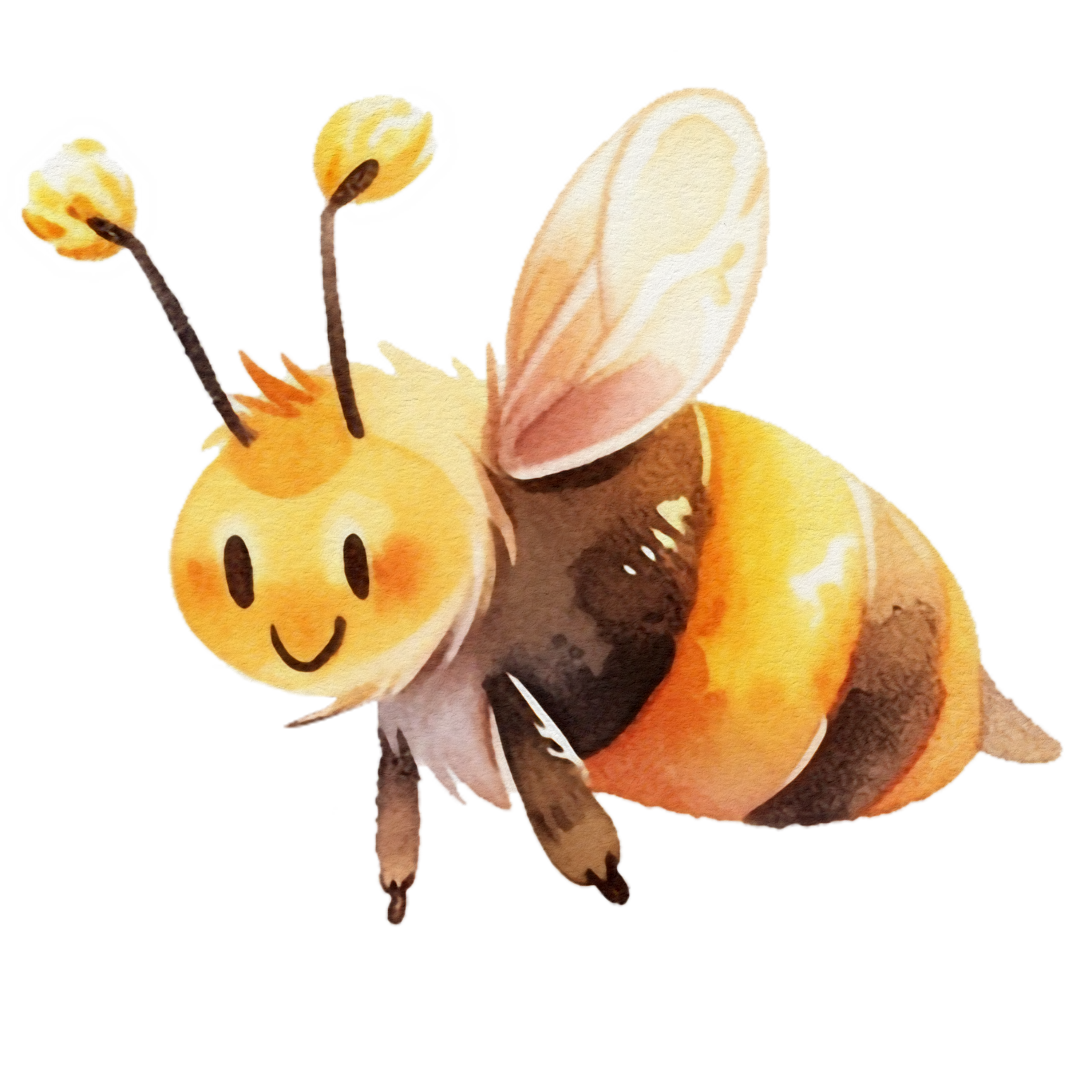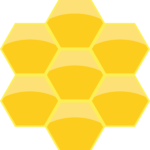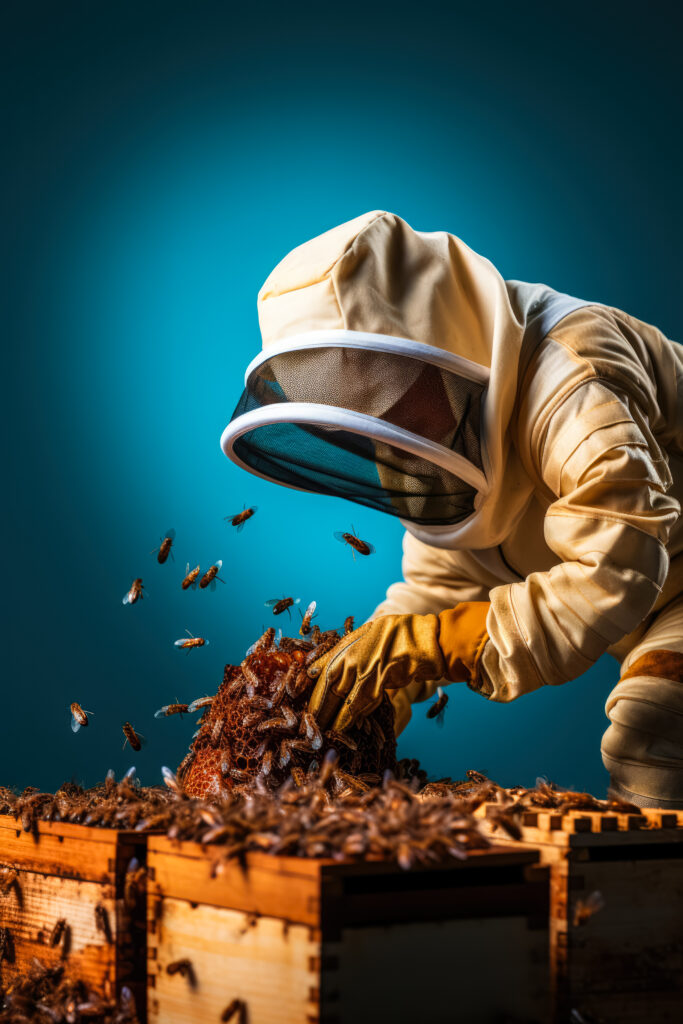Royal Jelly Therapy
Royal Jelly Therapy in Apiculture: The Elixir of Bees and Human Health
Introduction
Royal jelly therapy, a practice rooted in the apicultural world, is centered around the use of royal jelly, a substance produced by worker bees and reserved for the nourishment of the queen bee. This unique bee product has captured the interest of both traditional and modern medicine, holding the promise of a range of health benefits. In this comprehensive exploration, we will delve into the historical background, potential health applications, safety considerations, and the evolving role of royal jelly therapy in contemporary healthcare.
Historical Origins of Royal Jelly Therapy
The history of royal jelly therapy is deeply intertwined with the traditional knowledge of beekeeping, particularly in ancient cultures like Egypt and China. These civilizations recognized the special properties of royal jelly, deeming it a symbol of vitality and longevity. For centuries, royal jelly was held in high regard for its potential therapeutic qualities, although scientific understanding of its bioactive components was limited.
Health Benefits and Therapeutic Claims
Royal jelly, a secretion produced by worker bees and fed exclusively to queen bee larvae, is rich in nutrients and bioactive compounds. It is believed to offer several health benefits:
Nutritional Support: Royal jelly is a rich source of essential nutrients, including vitamins, minerals, proteins, and fatty acids. It is often consumed for overall health and vitality.
Anti-Aging and Skin Health: Royal jelly is associated with potential anti-aging effects and is used in various skincare products. It may promote skin elasticity and collagen production.
Immune System Boost: Some believe royal jelly enhances the immune system's functioning, making it a valuable supplement during cold and flu seasons.
Fertility and Hormonal Balance: Royal jelly is sometimes used to address fertility issues and hormonal imbalances in women.
Cognitive Function: Research has explored the possibility that royal jelly may support cognitive function and memory.
Anti-Inflammatory Properties: Royal jelly contains compounds with potential anti-inflammatory effects, which may be beneficial for conditions like arthritis.
Safety Considerations
While royal jelly therapy is generally considered safe for most individuals, some precautions are essential:
Allergies: Royal jelly may cause allergic reactions in some individuals. Those with a known allergy to bee products should avoid its use.
Asthma: People with asthma may be at a higher risk of allergic reactions to royal jelly.
Quality and Purity: Ensuring the quality and purity of royal jelly products is crucial to prevent contamination and potential adverse effects.
Modern Applications
In contemporary times, royal jelly therapy has expanded its influence in various sectors:
Supplements and Nutraceuticals: Royal jelly is commonly available as a dietary supplement, often used for general health and wellness.
Cosmetics and Skincare: The anti-aging and skin health potential of royal jelly is harnessed in skincare and cosmetic products.
Research and Clinical Studies: Ongoing research explores the bioactive compounds in royal jelly and its potential applications in medical contexts.
Alternative Medicine Practices: Royal jelly is used in various alternative medicine practices, such as traditional Chinese medicine and naturopathy.
Conclusion
Royal jelly therapy, with its rich historical legacy and potential health benefits, remains a fascinating aspect of apiculture that straddles traditional wisdom and contemporary scientific exploration. As researchers delve deeper into the biochemistry and therapeutic potential of royal jelly, its role in healthcare and wellness may continue to evolve. However, it is crucial to approach royal jelly therapy with caution, particularly regarding allergies and product quality, to ensure its safe and effective use in the pursuit of better health and well-being.




